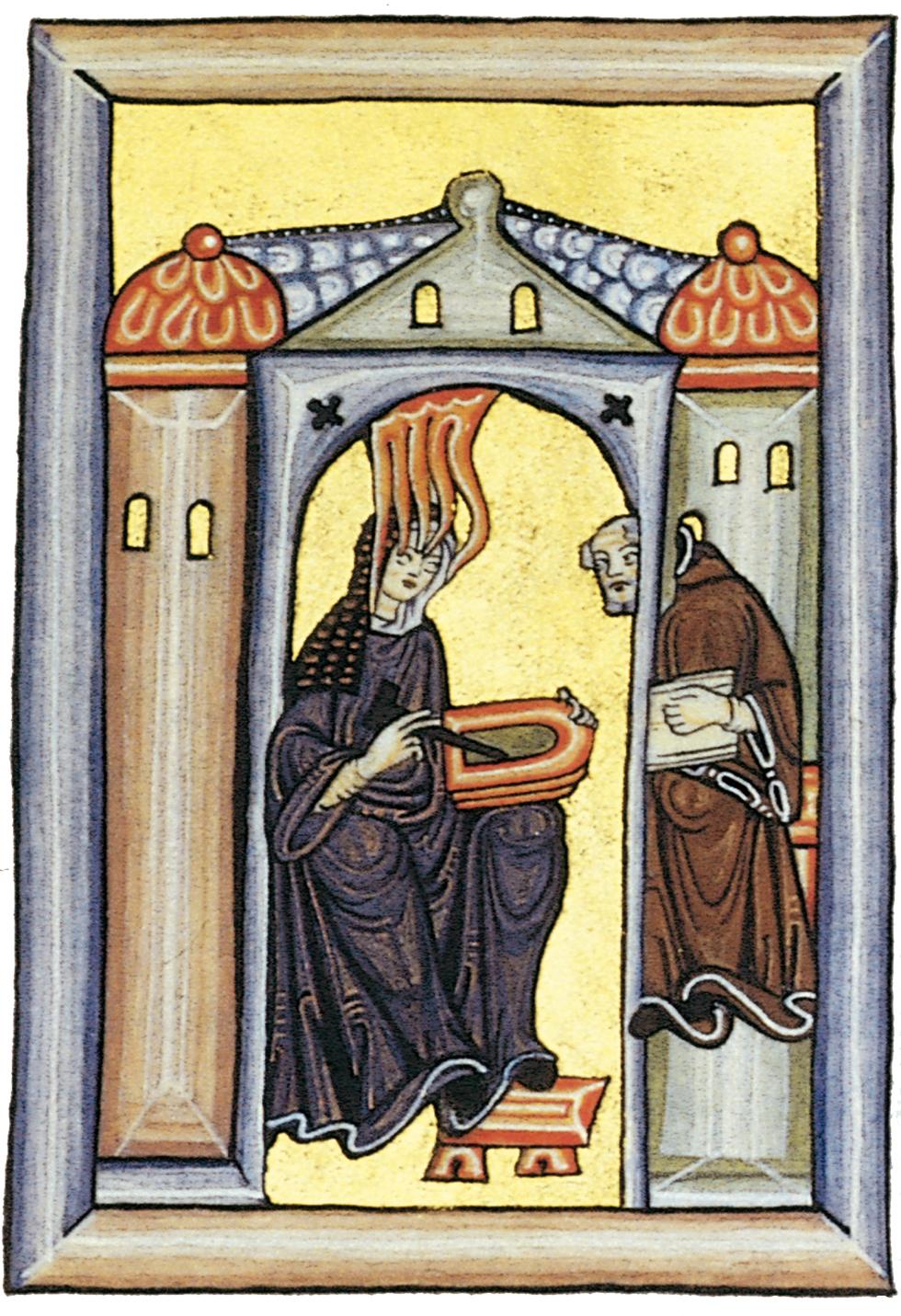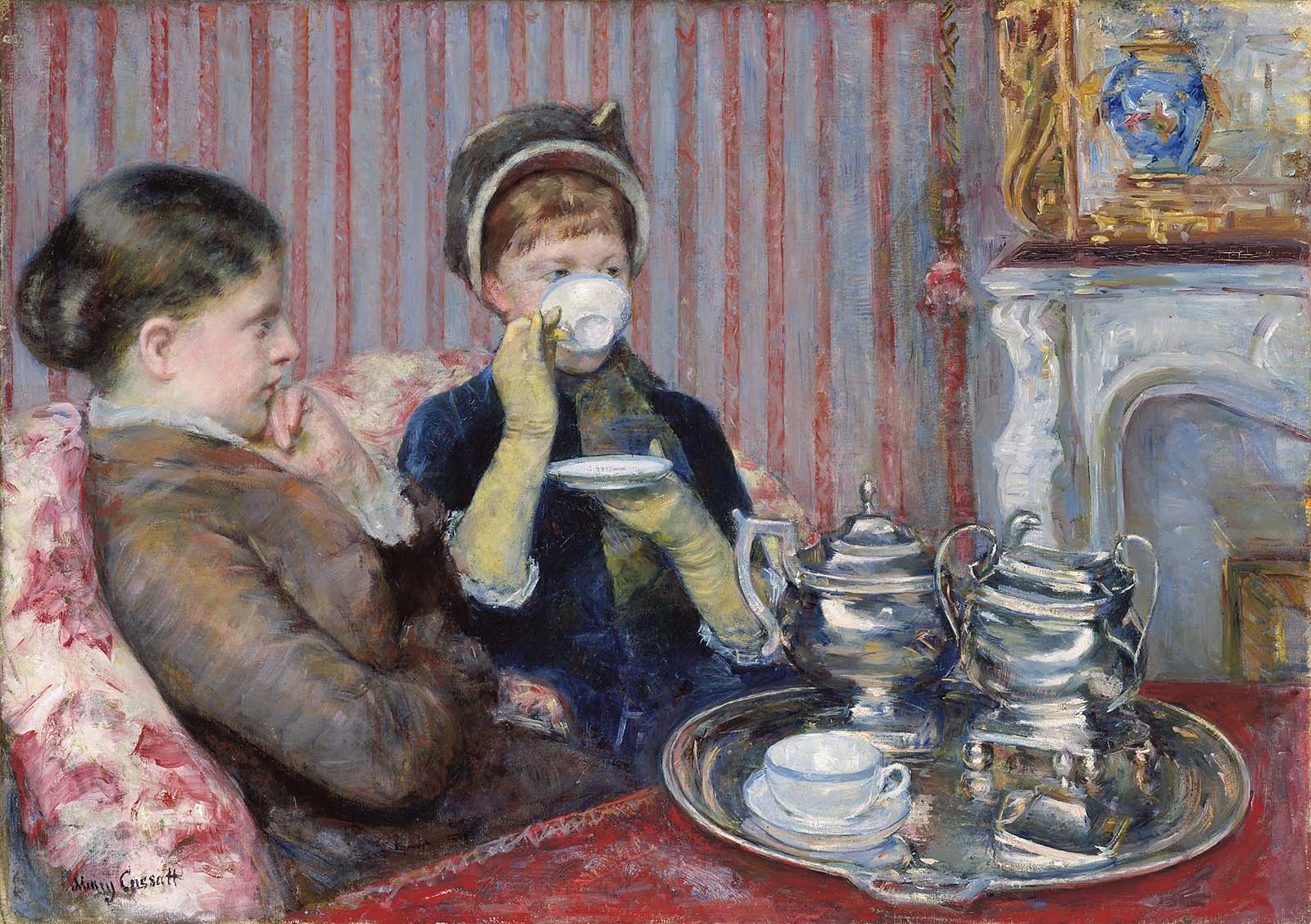When analyzing our society, we realize many
social problems that we need to change. However, by comparing and analyzing the
roles and rights of women from the middle ages to the beginning of the 19th
century, we can see the struggles that these women had to endure in society. In Europe, during the Middle Ages the
expected roles of women depended of birth and class, however they were based on
obedience and chastity, as well as maternal and domestic responsibility. Women
were restricted to be at home doing domestic rolls, and were economically
dependent on male figures such as fathers, brothers or husbands. At that time
the Catholic Church with the Pope, had the most powerful entity culturally and
economically. They established a hierarchical organization and the
distinctions of class in society allow upper class women to get access to the
convent were they can have education, and an artistic life. In spite
of the opportunity presented to the women of this time, within the church, they
were restricted to being taught but were not allowed to teach, since the
patriarchal dogma of the church was always in charge of emphasizing the
inferiority of women. (Chadwick, 42) In the Middle Ages, paintings that were made in convents,
did not have the appropriate recognition because for women it was almost
impossible to be recognized in the artistic world alongside men. St. Paul’s caution
that “ a woman must be learner, listening quietly and with due submission. I do
not permit a woman to be a teacher nor must a woman domineer over a man; she
should be quiet” (Chadwick, 45) This quote showed the expectations that church and the
society in general had towards women.
 |
| Hildegard of Bingen, Scivas c1142-52 |
Hildegard of Bingen was one of the few women
that was able to demonstrate the strength and capacities that learned women
had. She played an important public role, it was recognized, and
respected as being seen as a prophetic voice within the church. She is the only
woman who has a volume of the Church official Patriologia Latina devoted entirely to
her works, in which her thoughts and visions were respected and never
questioned by the Pope. (Chadwick, 59) Around the 13th century the social shift that occurred, allowed the establishment of new trade routes that produced a more urban
civilization in which many women were benefited. Women had a great importance
in the economy of the Middle Ages, they were able to manage family business, which gradually
integrated them to the economic structure. Despite the teachings of the church
that considered them as "natural" inferiors, they became writers,
artist, merchants, and nuns. (Guerrilla Girls, 19) However, despite they were
able to work in different occupations, they still have many restrictions as
being considered inferior to men, which generate the division of labor
according to sex (Chadwick, 63)
Because people started to create opportunities to shift in social structure
because of change of feudalism to mercantilism gender roles changed but still
is men who dominate and is considered superior to women. Roman-Catholic church
was also being challenge and the middle class started to become more powerful.
Girls received their education at home or convent, which concentrated on
Christian, chastity and motherhood virtues as well as moral teachings. Here
were trained for marriage or the cloister while boys were allowed to public
education consisted of reading, mathematics, writing, etc. (Chadwick, 74)
Chadwick mentions a quote from Alberti in which he is “cautioning men not to
confide affairs of business to women, but to look to their wives for family and
comfort” saying that the only way for women to earn respect is by being at home
and caring for them. In the painting of Domenico Ghirlandaio, it can be seen how women are being depicted as a decorous
piece of her husband, she is not looking at the painter because the most
important thing is to show the wealth and prestige her husband posses,
including her as a property. Because of education, the male art of painting was elevated above
the female art of embroidery which came signify domesticity and “femininity”;
however, in the private sphere, many women had the opportunity to develop their
skills in painting even though their were hardly criticized. Sofonisba
Anguissola is the first woman painter who gained fame at that time. Her father
being of the upper-class and recognized by some painters, supported and helped
her to develop her career in paintings. Her life was very criticized
and because of her social status her works many times were given as gifts to
other painters and people. When she got recognition and her work was paid, her
father received all the profit, which was much lower, compared to men painters.
This shows us again that at this time women continued to command men regardless
of social status, fame or skills. Although she received all these criticisms
for not being considered at the level of men painters, she managed to open the
way to new women who decided to take painting as a profession.
 |
|
Artemisia
Gentileschi, Susanna and the Elders, 1610
|
The roles that were imposed to women influenced the lives of many artists who used their skills in painting to in some way demonstrate the capacity that women have, and reflect the strength that women possess both physically and mentally. In a form of protest towards the men who painted women making them look like submissive and weak, many artists decided to paint the version of a female artist demonstrating that women can and deserve recognition not only in the private sphere but also in the public. Susanna and the Elders painted by Tintoretto in 1555 and another painted by Artemisia Gentileschi in 1610, showed how men outrage and despise women by making them seem submissive, and naïve about what happens around them and at the same time make it seem that for them, contemplate their vanity, is the only or most important that being seen naked by men. On the other hand Artemisia shows a more realistic side of the woman. In her painting, she describes the discomfort of the woman when being harassed by the two men and at the same time shows the resistance that the woman presents to defend herself. The painting " Judith with her Maidservant" by Orazio Gentileschi and the other from Artemisia Gentileschi also describe the different perspectives that male and women artist have regarding the power and strength of women.
 |
| Mary Cassatt, a cup of tea, 1880 |
By the 19th century women not only were able to
be in public spaces but also they were able to work in the public sphere. Even though they are given access to public
spaces, still being painted performing domestic roles. One of many paintings
from this time can be seen by Marie Bracquemond Tea-Time, which depicts a classic woman in peaceful tranquility,
reading a book and taking tea in the open air, also Mary Cassatt’s painting, a cup
of tea, critiqued and showed this typical expected behavior of
taking the afternoon tea was a social ritual for many upper-middle-class women.
Committed to portraying the ordinary events of everyday life, women artist used these paintings to depicts this inequality and despite all the critiques, they fought for what they believed it was right and demonstrated the powerfulness that women posses.
Works
Cited
Chadwick,
Whitney. Women, Art, and Society. 4th ed. New York, N.Y.: Thames and Hudson,
1990. Print.
The Guerrilla Girls' Bedside
Companion to the History of Western Art. New York: Penguin, 1998. Print.


No comments:
Post a Comment